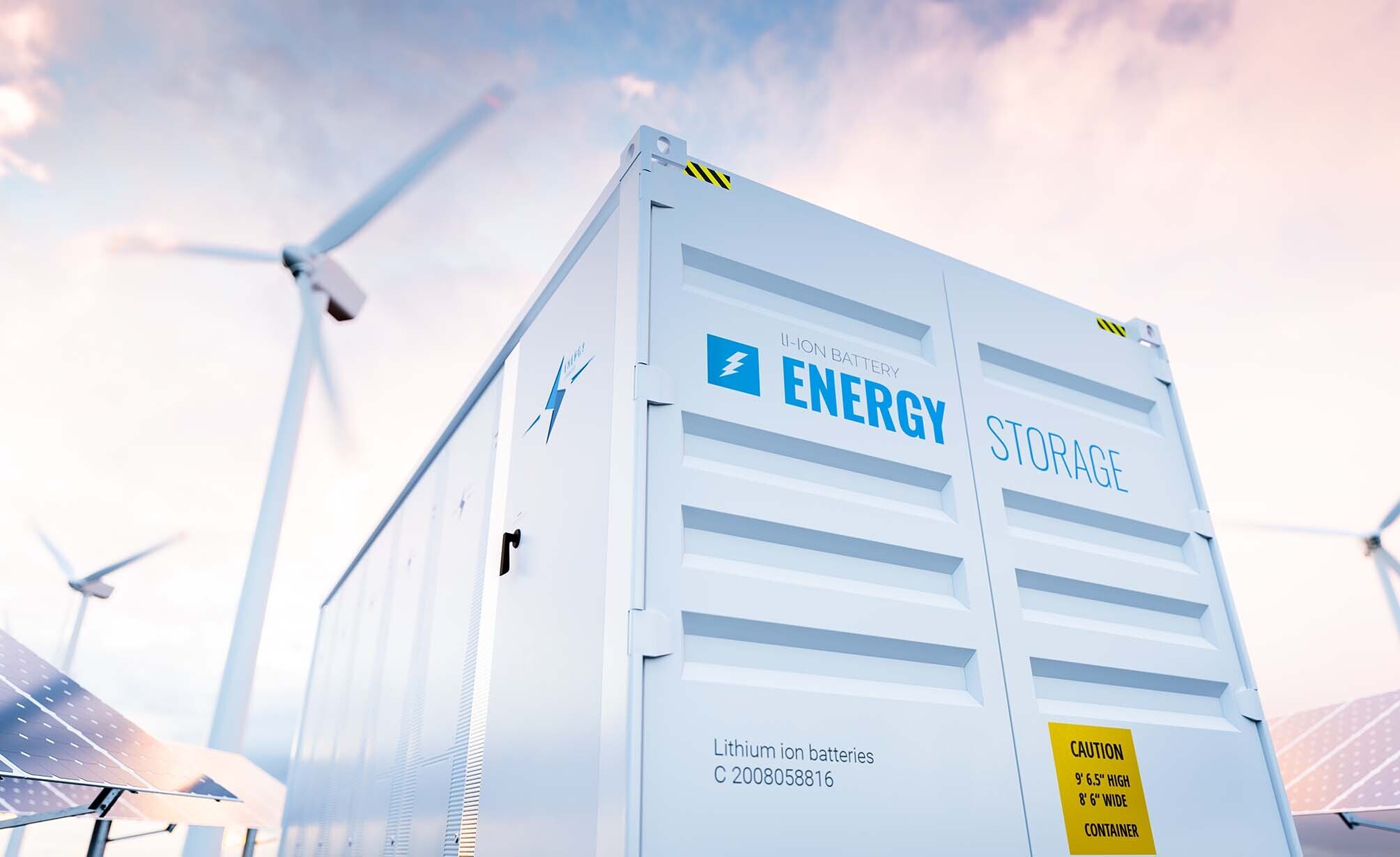
Battery Energy Storage Systems (BESS) represent a significant part of the shift towards a more sustainable and green energy future for the planet. BESS units can be employed in a variety of situations, ranging from temporary, standby and “off-grid” applications to larger, permanent installations. They are designed to provide “load-managed” stored renewably generated energy at times of high demand. However, along with the obvious attractions of this growing technology, there is a need to fully assess the safety concerns of operating large scale “walk in” and containerized installations, particularly the risk of fire and explosions.
In any situation where flammable vapors or combustible dusts are present, it is required to control or mitigate the risk of fire and explosions. The leading cause of fires and explosions inside these enclosures is an overheating battery leading to thermal runaway which leads to the release and ignition of combustible vapors. Such incidents have already occurred in several BESS applications across the globe, prompting investigations into the causes and effects, and the development of safety standards to provide protection within this relatively new industry.
NFPA 855[1], the Standard for the Installation of Stationary Energy Storage Systems, calls for explosion control in the form of either explosion prevention in accordance with NFPA 69[2] or deflagration venting in accordance with NFPA 68[3]. Having multiple levels of explosion control inherently makes the installation safer. There are also jurisdictions that require both preventative measures and venting protection. Insurance companies also look favorably at installations with multiple levels of control as they help protect the assets being insured.
Typically, the most cost-effective option in terms of installation and maintenance, IEP Technologies’ Passive Protection devices take the form of explosion relief vent panels which safely divert the deflagration to a safe place (atmosphere) and in doing so prevent the rapidly developing explosion pressure from causing container rupture, structural damage, and possible injuries to personnel.
The questions most commonly raised when a BESS manufacturer needs to provide protections for their product usually relate to the enclosure construction, vent panel selection and sizing, and do they require insulation on the panel itself.
[1] National Fire Protection Association (NFPA) 855-2020: Standard for The Installation Of Stationary Energy Storage Systems
[2] National Fire Protection Association (NFPA) 69-2019: Standard on Explosion Prevention Systems
[3] National Fire Protection Association (NFPA) 68-2018: Standard on Explosion Protection by Deflagration Venting


